When we talk about tea, no matter the loose tea or tea beverage in the supermarket, there is a word “Tea Polyphenols” often used to advertise by the merchant.
In most people’s impressions, tea polyphenols often associated with weight loss, anti-cancer, and other benefits. It’s also an important nutrition fact of tea beverages.
What Is Tea Polyphenols
Tea polyphenols are not single. It means the total polyphenols substance in tea.
And it the main ingredient which brings significant benefits from tea.
Including them, the content of flavanols is the highest, up to 70% of tea polyphenols.
According to the chemical structure, they can divide into four:
- Epigallocatechin Gallate (EGCG)
- Epigallocatechin (EGC)
- Epicatechin Gallate (ECG)
- Epicatechin (EC)
All these substances are totally called Catechins, and they play an essential role in the beneficial effect.
In addition to catechins, flavonoids, anthocyanins, and phenolic acids are also components of tea polyphenols.
Due to the different processing of tea, the main components of tea polyphenols are also various.
For example, the black tea, because of it been fermentation, about 75% Catechins will be oxidized, transformation, and re-polymerization into other flavonoids substances such as theaflavin, flavonols, and phenolic acids.
Tea polyphenols can not only bring benefits to human health but also influence the quality of tea.
What are the influences of tea polyphenols on tea
Color
During the tea processing, by the growth of tea fermentation degree, the Catechins will turn into the flavonoids such as theaflavin, thearubigins, and theabrownin. And the color of tea leaves turns to dark at the same time.
That is why there will be fixation at first when making green tea. Destroy the activity of polyphenol oxidase by high temperature, and the green color survived.
Sometimes you found that the brew up green tea will turn yellow after place for minutes, and that is the result of the tea polyphenol oxidation.
And the high-fermented tea such as black tea and dark tea, most of the tea polyphenol in them have been transformed, the color of tea also darker than the low-fermented tea.
Flavor
Tea polyphenols taste astringent itself, but why most of the tea does not taste astringent?
Because in addition to tea polyphenols, there are amino acids in the tea that will bring umami, sugar brings sweet, and caffeine brings bitter.
The ratio of tea polyphenols to other flavoring substances determines the flavor of the tea.
The non-fermented and low-fermented tea kept more natural tea polyphenols, so they taste more bitter and astringent.
After fermentation, tea polyphenols are transformed and produced many aromatic lipids, making the taste of tea more layers. Oolong and Pu Erh tea lovers may have a deep feeling about that.
What Is Tea Polyphenols Good For
Tea loved for its unique taste and excellent benefits.
In recent years, scientists have been studying polyphenols extracted from tea in hopes of finding the solution against diseases.
As the main nutrient ingredient of tea, tea polyphenols have found to bring many benefits to the human body.
Antioxidant
The right amount of radicals is helpful to maintain physiological balance, but a few excessive peroxy radicals will harmful for human bodies because of the oxidation.
Scavenging peroxy radicals must start with antioxidants.
Catechins are naturally powerful antioxidants.
Clinical trials showed that the antioxidant capacity of human plasma significantly improved within 1-2 hours after tea consumed.
Tea has higher antioxidant activity against peroxy radicals than vegetables (such as garlic, spinach, and brussels sprouts), and balanced consumption of tea can improve the body’s overall antioxidant status and protect it from oxidative damage.
Weight Loss
Tea polyphenols have effects on burning fat and reducing lipid accumulation.
Experiments have shown that EGCG can improve the oxidation of liver fatty acids, thus reducing appetite. And by inhibiting the activity of digestive enzymes in the gastrointestinal tract, the absorption of carbohydrates is reduced.
Besides, EGCG can promote lipid metabolism and reduce cholesterol content in blood and liver through the synergistic effect of caffeine in tea.
Long-term tea consumption may help with losing weight and may have a good effect on the treatment of obesity.
Anti-Cancer
Most cancers are still incurable until this time, so prevention and slow the progression of the disease are still the primary means of anti-cancer.
Scientists have investigated the anti-cancer effects of tea polyphenols on the following cancers, hope to found an effective treatment:
- Skin Cancer
- Lung Cancer
- Liver Cancer
- Pancreatic Cancer
- Bladder Cancer
- Gastrointestinal Tract Cancer
- Breast Cancer
- Prostate Cancer
Most of the researchers compared people who consume tea consistently with those who did not, and the data showed that the risk of cancer decreased with the frequency, duration time, and the amount of tea consumption growth.
Besides, the research also confirmed that EGCG could effectively induce apoptosis, and cell cycle arrest, but not affect the healthy cells.
A large number of studies have provided evidence of the potential of tea polyphenols to anti-cancer, but their therapeutic effects on cancer are still at the research stage.
Although tea consumption does not cure cancer, a healthy tea diet can go a long way toward preventing the occurrence and deteriorate of the disease.
Manage Diabetes
Type Ⅱ diabetes is often associated with obesity. Tea polyphenols, especially the EGCG, are thought to have diabetes auxiliary treatment function due to their anti-obesity effect.
Research indicates that tea polyphenols do have a significant function of the auxiliary treatment of diabetes, but its effect does not come by lowering blood sugar.
Maybe because of the tea polyphenols antioxidant benefit, enhance the scavenging on active peroxy radical and hydroxyl radical, regulate lipid metabolism, and anti-lipid peroxidation effect to delay the progression of diabetes.
Although tea polyphenols cannot treat diabetes, tea consumption can play an excellent role in the management and auxiliary treatment of diabetes.
CVD(Cardiovascular Disease) Prevention
The medical researches found that long-term consumption of tea can effectively prevent cardiovascular diseases.
Oxygen radicals can cause lipid peroxidation and lead to atherosclerosis, which is the leading factor of CVD causes.
While reducing cholesterol in serum, tea polyphenols can increase the content of HDL-C (high-density lipoprotein cholesterol) which can not only clear the accumulation of cholesterol in the arterial wall, but also inhibit the uptake of LDL-C(low-density lipoprotein cholesterin) by cells. Conducive to the prevention and alleviation of atherosclerosis.
Tea polyphenols are also rich in flavonoids, which in addition to preventing infections, are the best blood-vessel cleaners, preventing cholesterol oxidation and platelet clotting, thereby reducing the risk of heart disease and stroke.
Anti-Inflammatory
We usually learn from the “Daily Life Tips” that gargling with tea is an effective treatment for inflammation of the oral.
In some folk remedies, people apply the tea juice on the skin wound to prevent inflammatory.
The research found that the anti-inflammatory mechanism of tea polyphenols is by inhibiting the transcriptional activity of NF-kB and the TLRs signaling pathway, combining with its antioxidant and bacteriostatic function, to restrain the occurrence of inflammation and achieve the result of treating inflammation.
The EGCG of tea polyphenols plays a key role.
EGCG has great against general inflammation, such as nephritis, stomatitis, dermatitis, intestinal inflammation, and osteoarthritis.
And due to the antioxidant properties of EGCG, it also plays an essential role in preventing myocarditis.
Antibacterial and Antiviral
Studies found that tea polyphenols had significant inhibitory or even killing pathogenic bacteria such as Bacillus botulinum, Enteritis vibrio, Staphylococcus aureus, Klebsiella capsulatus, Bacillus cereus, Shigella bacteria, Pertussis bacteria, and Vibrio cholerae.
The primary mechanism of it is to inhibit the growth and development of bacterial cells and even directly destroy the bacterial cell structure.
Tea polyphenols also have antiviral effects.
Tea pigments may prevent the adsorption viruses on cells, thus inhibiting the infection of cells by influenza virus A and influenza virus B.
Notably, the study also found that flavonoids, including EGCG and ECG, interfere with the reproduction of HIV-1 by inhibiting the activity of HIV-1 reverse transcriptase and destroying virions.
Anti-Aging
The antioxidant effect of tea polyphenols can reduce the damage of radicals to the biological cell membrane and maintain the stability of the cell membrane, which believed to play an anti-aging effect.
Experiments on laboratory mice with water extracts from various types of tea have shown that polyphenols such as EGCG, theaflavin, and thearubigins have significant effects on improving skin wrinkles and fighting skin aging.
Although different types of tea processed in different ways, there is no significant difference in their ability to improve aging skin.
The scientists also studied the role of tea polyphenols in the treatment of Alzheimer’s Disease(AD), a disease commonly occurring in older people.
There is substantial epidemiological evidence that tea consumption is associated with a lower risk of AD and other neurodegenerative diseases.
In a long-term clinical study of people in areas where tea consumption was frequent, the researchers found that those who consumed tea had a lower risk of occurring AD or cognitive impairment. It may benefit from the powerful antioxidant and anti-inflammatory properties of catechins.
Which Types Of Tea Contains The Most Tea Polyphenols
Just like the amount of caffeine in tea, the amount of the polyphenol contained in tea depends on where the fresh leaves picked, and how they were processed.
Fresh Tea Leaves
In fresh tea plant leaves, catechins are the main ingredients of tea polyphenols. And its content mainly depends on the following conditions:
- Tea leaves on the new branch contain more polyphenols than those in the old one.
- Tender shoots contain more polyphenols than older leaves.
- Where the temperature is high, and the sun shining reliable and long, Camellia Sinensis will produce more tea polyphenols.
- Polyphenols in the leaves of different types of Camellia Sinensis also vary.
The Processing Influence
Due to the different processing of each type of tea, the ingredients of tea polyphenols in fresh tea leaves will also change during processing.
Especially after fermentation, most catechins transform into flavonoids such as theaflavin and thearubigins.
But these substances have still belonged to the components of tea polyphenols, and their benefits are not that different from catechins.
If only talk about the catechin, the content of it will decrease with the increase of fermentation degree. So in general case from more to less is:
Green Tea > White Tea > Yellow Tea > Oolong Tea > Black Tea > Dark Tea.
It is sure that all true teas contain tea polyphenols. Form a habit of consumed tea can brings lots of benefits to human bodies. But it can’t instead of the medicine on disease treatment, never believe that drinking tea alone can cure disease.
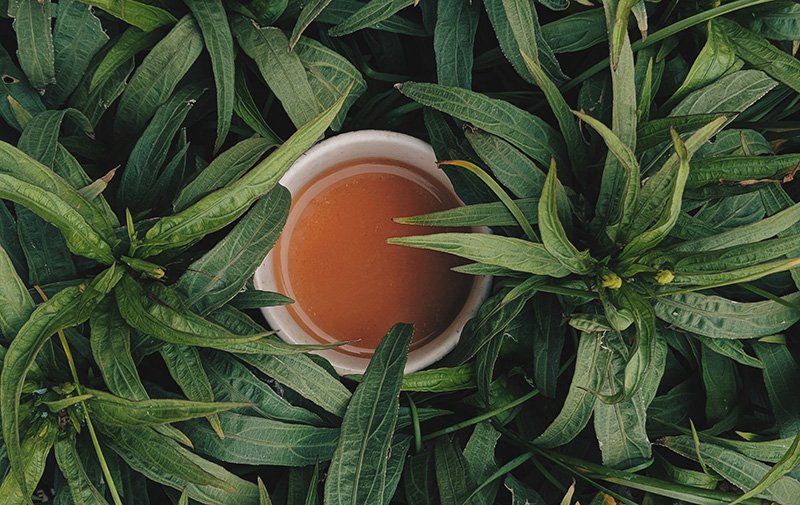
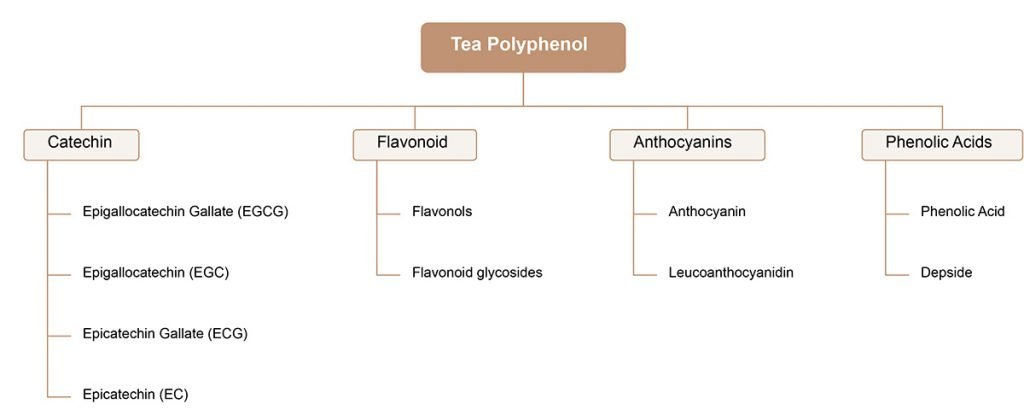
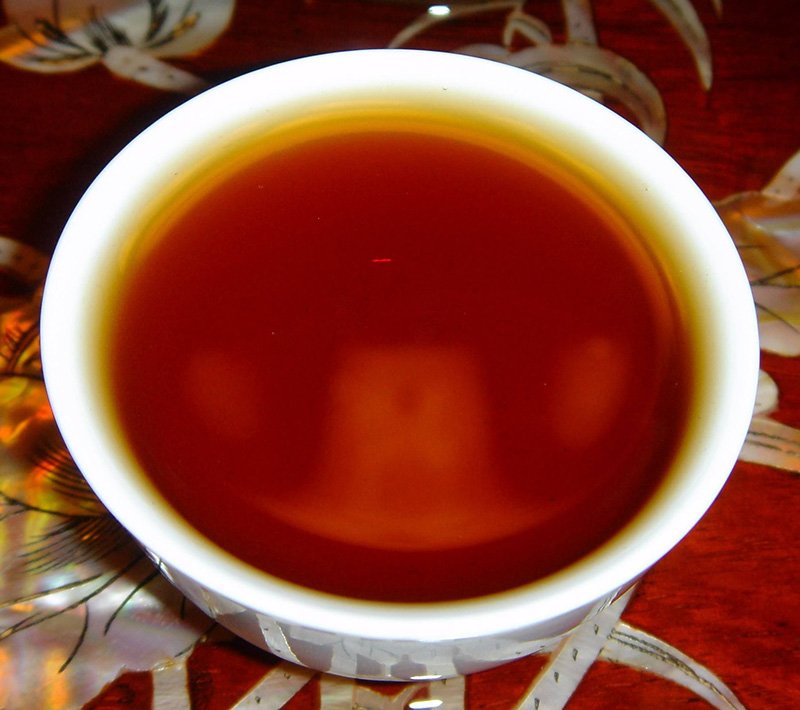
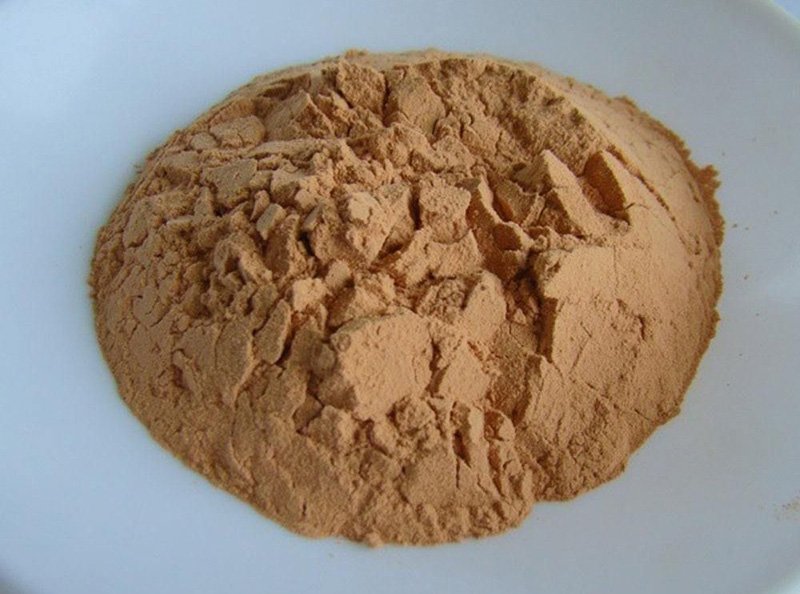


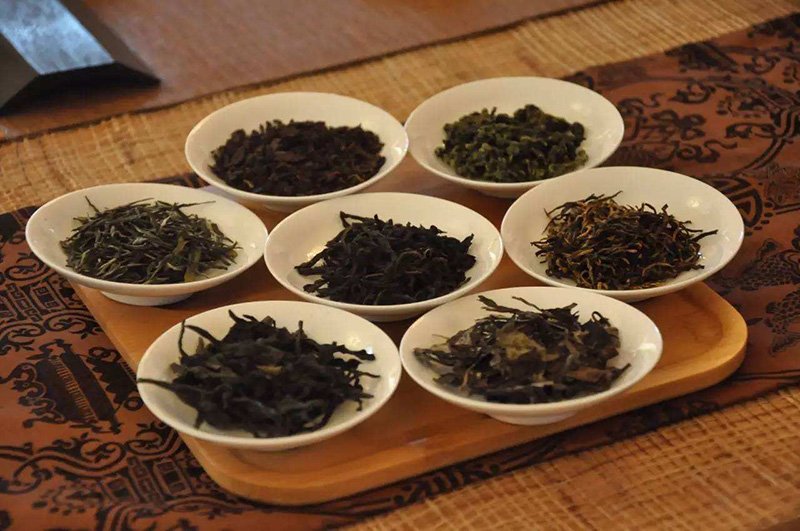
No comments:
Post a Comment